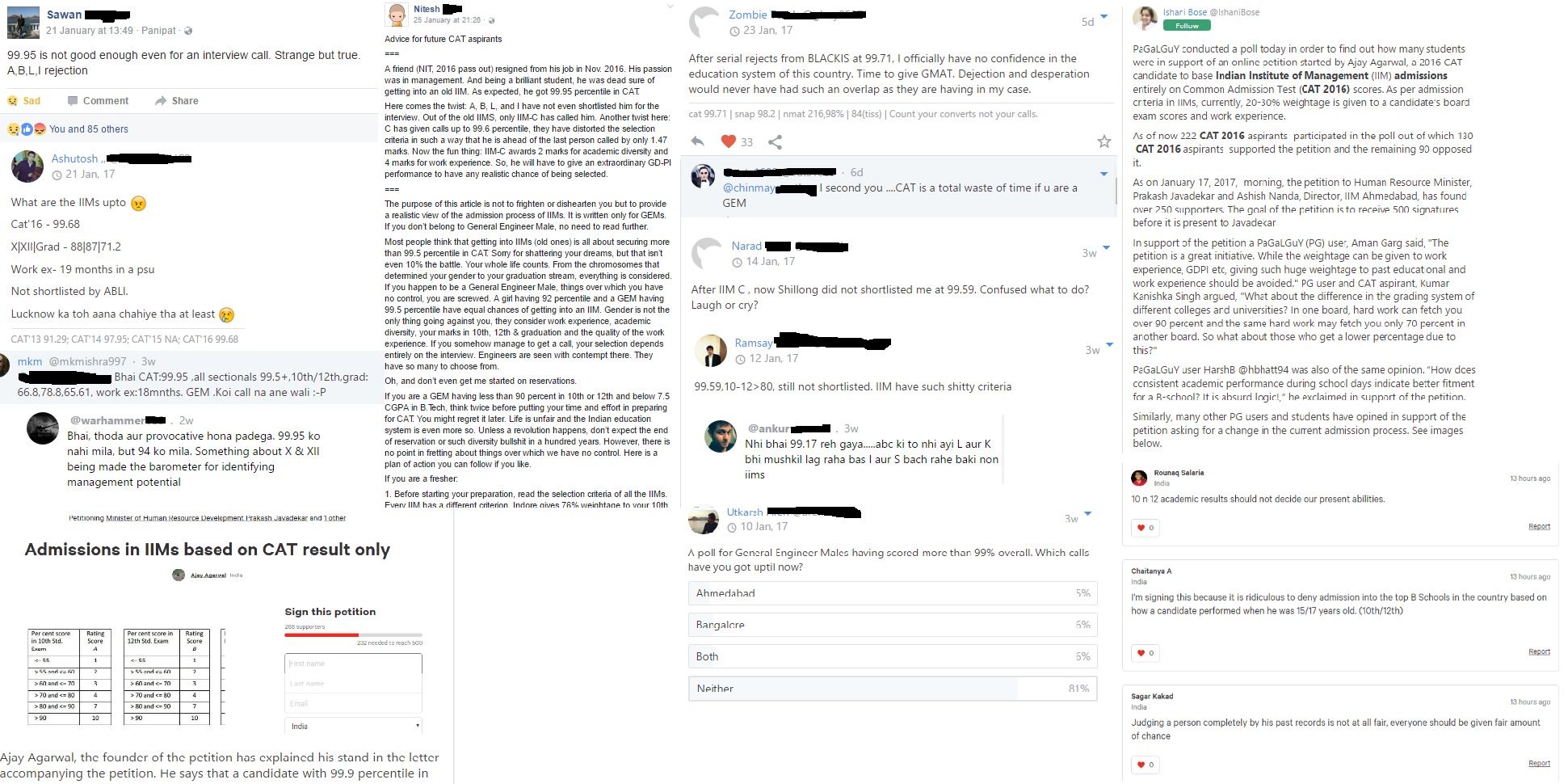

Tips for Selecting the Right Enterprise Asset Management Software
A popular term now, asset management has become a regular portfolio for investors across the board, as well as startups in the space. It is a process that refers to maintaining and monitoring assets of a firm or a business, both tangible and intangible.
A popular term now, asset management has become a regular portfolio for investors across the board, as well as startups in the space. It is a process that refers to maintaining and monitoring assets of a firm or a business, both tangible and intangible. The tangible assets may include; company buildings, equipment, land etc., while the intangible assets include domain names, databases, patented technology, brand name etc.

Asset management software helps in tracking an asset throughout its lifecycle. It also records all the information about the way an asset is utilized, who the current user is, about the location etc.
There are various types of Asset management software that are niche and required either separately, or in combination; financial asset management, software asset management, Enterprise Asset Management and Public Asset Management are some of them.
It is very important to select the Right enterprise asset management software because if companies select an inadequate software, projects do not deliver the expected returns, while delays become the norm. The data gathered may also be inaccurate and the points of reference are also flawed.
The 4 tips for selecting the right Enterprise Asset Management Software are as follows:
1. Identify the goals of the organization – Short-term and long-term goals
Before investing in any software, every firm needs to keep in mind the necessity of the software in the present and how impactful it can be in the future if regular upgrades will become necessary etc.
2. The software you have chosen must help the company’s future growth
When you select an enterprise-wide software, it is not only important to keep the present in mind but also keep a check on how this software will help in the future success of the company. Basically, it needs to be understood how it helps the company succeed in the future and what parameters are particularly efficient measures.
3. Make sure the enterprise software solution meets all your organization’s needs and can identify and communicate your industry-specific needs to vendors.
The vendors chosen by the organization need to be updated with the market, in terms of technology, and if not, the company will lag in terms of growth. Higher the flexibility of the vendors, better chances for the organization to perform efficiently in the future.
4. Implement a change management plan to make the transition a success
Every transition is a complex process, especially when you must change from a legacy software to a new one. Implementation of a change management plan will help combat this problem and make this change an easier one.





